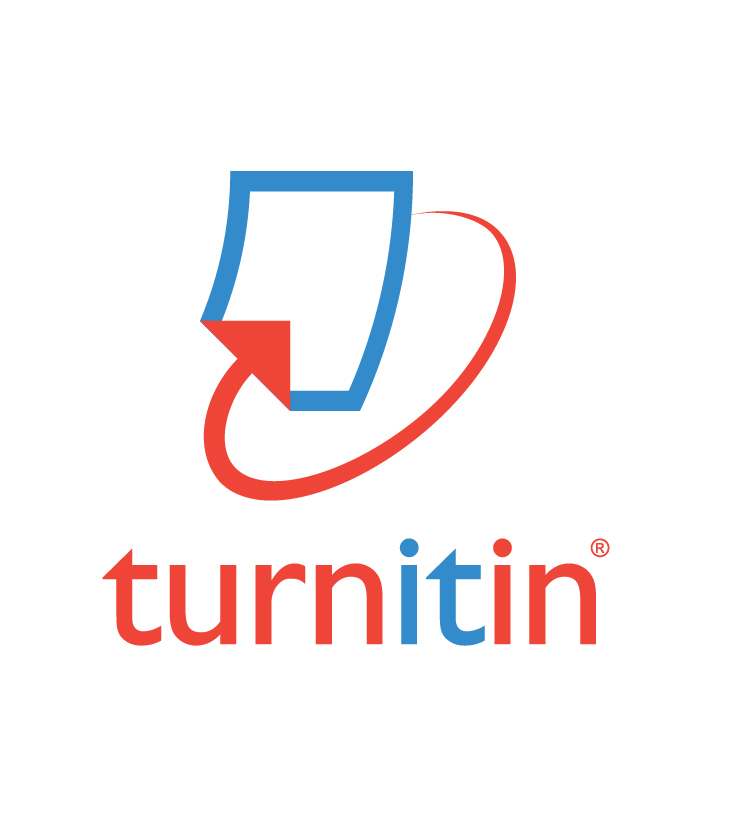Wood Texture as An Inspiration for the Creation of Digital Imaging
DOI:
https://doi.org/10.21512/ijvcdc.v1i1.8223Keywords:
ideas, digital imaging, natureAbstract
In the world of design, themes and concepts become fundamental. Themes and concepts cover the whole idea of a work, as well as in the field of digital imaging. Ideas can be taken from nearby environments such as natural beauty of wood texture. The idea used in the creation of digital imaging is wood texture. The process is the pre-production and production stage. Methods consisting of idea stages, data collection, stage of embodiment, and finalization. At the idea stage, it is attempted to visualize and represent the wood texture through digital imaging techniques. This idea was raised based on believes that wood texture has the aesthetic textures to be applied to digital imaging illustration. Data collection is done through observation. While at the stage of embodiment the process carried out is to make editing image through Adobe Photoshop software. Finalization done with export the illustration in JPG format. The result of this creation is an illustrative work resulting from the digital imaging process entitled Dream Land. It is the process of uniting and editing multiple images into one relevant entity.
References
Aprilia, E. R., Sunarti, & Pangestuti, E. (2017). Pengaruh Daya Tarik Wisata Dan Fasilitas Layanan Terhadap Kepuasan Wisatawan Di Pantai Balekambang Kabupaten Malang. Jurnal Administrasi Bisnis (JAB), 51(2), 16–21.
Bravo, R. A. (2017). Image Manipulation Practices Through the History and Evolution of Photography. ISEA2017 Manizales BIO-CREATION AND PEACE, 2015–2210.
Hofer, M., & Swan, K. O. (2005). Digital Image Manipulation: A Compelling Means to Engage Students in Discussion of Point of View and Perspective. Contemporary Issues in Technology and Teacher Education, 5(3), 290–299.
Kusmana, C., & Hikmat, A. (2015). Keanekaragaman Hayati Flora di Indonesia. Jurnal Pengelolaan Sumberdaya Alam Dan Lingkungan, 5(2), 187–198. https://media.neliti.com/media/publications/124534-ID-keanekaragaman-hayati-flora-di-indonesia.pdf
Manik, S. I. (2018). PROSES DIGITAL IMAGING IKLAN CETAK INDONESIA. JSRW, 6(17–33).
Niebrzydowski, W. (2019). From “As Found†to Bush-Hammered Concrete-Material and Texture in Brutalist Architecture. IOP Conference Series: Materials Science and Engineering, 471.
Purbasari, M., Sasmoko, Caroline, O. S., & Manalu, S. R. (2020). Architecture design of the nusantara traditional Wastra digital repository. IOP Conf. Series: Earth and Environmental Science. https://doi.org/10.1088/1755-1315/729/1/012043
Purnomo, S. (2016). Seni Rupa Masa Kolonial: Mooi Indie vs Persagi. ULTIMART, 7(2), 7–17.
Stephanie, R. F. (n.d.). Representasi Mooi Indie (Hindia Molek) Dalam Iklan Pariwisata Indonesia Analisis Semiotika Iklan Pariwisata Televisi (TVC) Versi Feeling Is Believing. E-Journal UAJY. http://e-journal.uajy.ac.id/6577/1/JURNAL.pdf
Utari, S. D. (2020). Mooi Indie Dalam Lingkar Seni Lukis Modern Indonesia (1900-1942). Jurnal Dimensi Sejarah, 1(1), 157–174.
Downloads
Published
How to Cite
Issue
Section
License
Copyright (c) 2022 IJVCDC (Indonesian Journal of Visual Culture, Design, and Cinema)

This work is licensed under a Creative Commons Attribution-NonCommercial-ShareAlike 4.0 International License.







